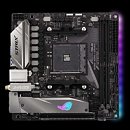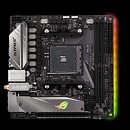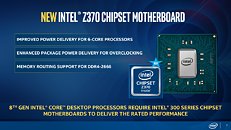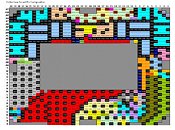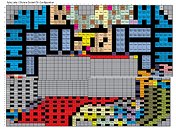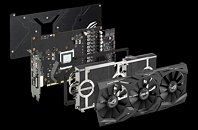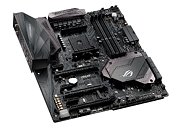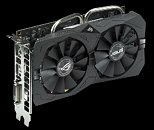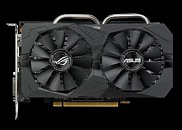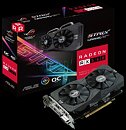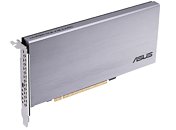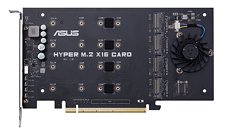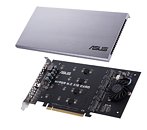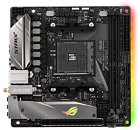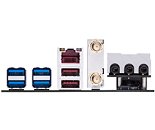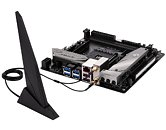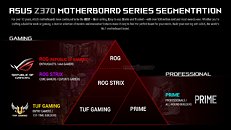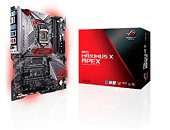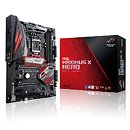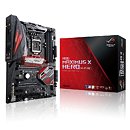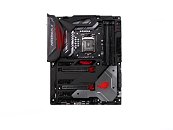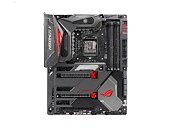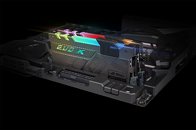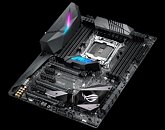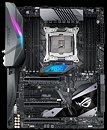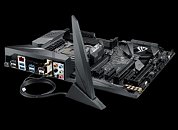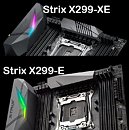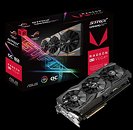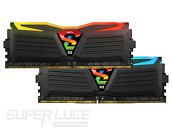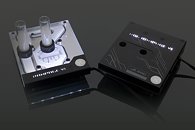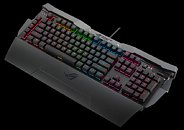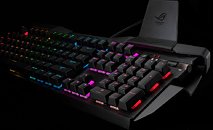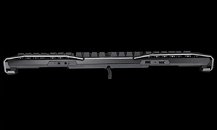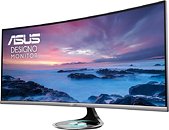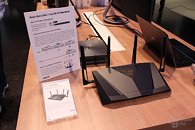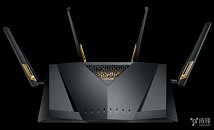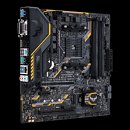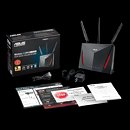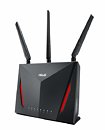Swedish online retailer
Inet has listed an as-yet unannounced ASUS motherboard, the ROG STRIX B350-I-Gaming. It looks to be a smaller version of the ROG STRIX B350-F GAMING, featuring similar black styling, as well as ASUS's AURA Sync RGB lighting technology, in a mini-ITX format. According to Inet, the board features the AMD B350 chipset that is the board's namesake, with AMD AM4 processor support as well as up to 32 gigabytes of DDR4 3200 MHz (OC) RAM. As with most mini-ITX gaming motherboards, a single PCI-Express x16 slot is present for graphics card connectivity. However, belying the board's small size, the B350-I-Gaming features a wealth of connectivity options, including two external USB 3.1 Generation 2 ports as well as four USB 3.1 Generation 1 ports. Additionally, one USB 3.1 Generation 1 header, and even a USB 2.0 header are available internally. Four SATA 6.0 Gbit/s headers, along with two M.2 slots round out the connectivity options, all of which is great for a board this size. Gigabit ethernet as well as built-in wifi, and SupremeFX 8-Channel High Definition Audio are also featured.
While other mini-ITX AM4 motherboards are already on the market, the ASUS ROG brand has a loyal following. ASUS fans looking to build a Ryzen-powered machine with a smaller footprint will no doubt be waiting patiently for an official announcement, as the board is of course listed as Out of Stock on the retailer's site. The amount of connectivity options on such a small board will be a compelling option for portable LAN party machines, and gamers without enough space to house a larger ATX computer, without compromising on storage or speed. Inet has listed the board with a price of 1 899 kr, equivalent to about $233.49 USD. Comparing other product prices on the site with those on Newegg reveals a difference of up to 30%, so regional prices will vary and direct currency conversion is not necessarily a good indicator of local prices.

